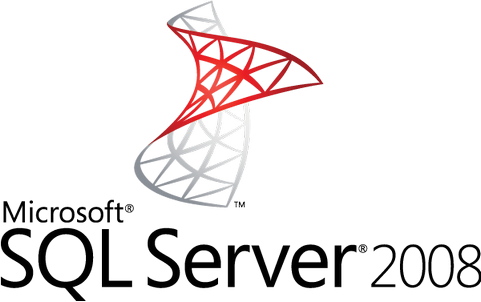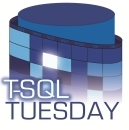Over the last year, I’ve been in consolidation mode at work with our SQL Server instances. The primary reason for the consolidation was driven by SQL Server 2008/2008R2 going out of support, but it was also a great exercise in reviewing all our SQL Server instances and asking the question “Does this instance need to live on its own?”. I was surprised by the number of instances that we could combine and databases that have lived on after an application was decommissioned.
The great part about this project is it has bled into my personal life. Doing a review on life is a good way to trim the fat. I found junk around the house to send to Goodwill, extra credit cards that I didn’t need anymore and found a way to stick with my YNAB budget to reach some saving goals.
Take a walk through your house/apartment and see if you can find things that are collecting dust. Donate those items and give them a new life for someone else. Take stock in your finances and see if there are any advantages in consolidating your debt. As I learned from YNAB, give every dollar a job. Review your expenses and decide if everything is in check. Do you have software subscriptions that you don’t use anymore? Do you have multiple cloud storage providers and you could consolidate and make managing your data easier?
As the 1st quarter of 2019 comes to and
Doug Purnell
@SQLNikon
sqlnikon@gmail.com
https://sqlnikon.com

